Hawker Siddeley Nimrod MRA4 RAF
Production Time 9 to 10 weeks
Shipment is by FedEx, UPS or DHL International Express Courier with a normal door-to-door delivery time worldwide of within 2-3 business days after dispatch. Due to the current volatility of world fuel prices, the amount mentioned here is our best estimate for DHL and UPS and may be subject to change at the time of shipping.

Model Description: Hawker Siddeley Nimrod MRA4 RAF Wood Replica Scale Custom Model Aircraft
Manufacturer: Hawker Siddeley
Wingspan: 17 Inches (43.2 Centimeters)
Height: 4.2 Inches (10.7 Centimeters)
Scale: 1:89
$239.50
Production Time 9 to 10 weeks
-
United States dollar ($)
-
Pound sterling (£)
-
Euro (€)
-
Australian dollar ($)
-
Canadian dollar ($)
-
Singapore dollar ($)
-
Swiss franc (CHF)
-
Japanese yen (¥)
-
Danish krone (kr.)
-
Hong Kong dollar ($)
-
Norwegian krone (kr)
-
Swedish krona (kr)
-
United Arab Emirates dirham (د.إ)
General Product Description
Our PlaneArt Hawker Siddeley Nimrod MRA4 RAF model exhibits unique, unrivaled quality and detailed design to come as close as possible to the accuracy of the actual plane. It comes as standard with a robust, durable base or stand which is available in a variety of different finishes designed to match your own personal requirements including solid wood, wood with polished metal supports or adjustable wood wall mount and will be ready within about 9-10 weeks from placement of order.
The Hawker Siddeley Nimrod MRA4 RAF model is made of the finest kiln dried renewable mahogany wood (commonly known as Lauan or Meranti) which has undergone many stages of carving and meticulous and careful sanding giving the beautiful, finished museum quality masterpiece. Many collectors and model connoisseurs demonstrate their preference for genuine handmade and hand painted mahogany wood models rather than plastic or die cast (diecast) alternatives due to the overall look and totally different feel of the item - we trust you will find the same. We can however, if required produce the same model in Solid Cast Resin so just click and contact us for further information. Our craftsmen and gifted artisans ensure that our finely handcrafted model airplanes match the precise blueprint details of the original aircraft. The paint scheme, markings and parts are closely matched, reflecting the original aircraft. This stylish top-quality desktop replica model will surely enthrall anyone who receives this as a gift and for sure one of the most appropriate and desirably collectable gifts for any aviation enthusiast or avid military jet aircraft collector whilst also displaying a perfect resemblance to the actual real life version.
There are many types of military jet aircraft, but the basic types are bombers, fighters, fighter bombers, spotter planes, transporters, patrol aircraft, trainers, and reconnaissance and observation aircraft. All these types of aircraft are used for different types of missions. If you're a fan of historic or present-day military aviation, our model aircraft will bring the excitement and character of these aircraft right into your own home.
If you require, we can also make the Hawker Siddeley Nimrod MRA4 RAF model in any other military, government or even private livery or colour scheme you require and if necessary, in a different size or scale. Just click here to contact us with a description or photographs of what you require, and we will let you have a quotation for the necessary customization by return email. We can also make bespoke scale replicas of any other private / civil commercial airliner or airliners, helicopter, glider, gliders with engines, military propeller, warplane jets, biplane, triplane, tail fin, spacecraft, rocket or NASA model you require in any airline, military or civilian livery or colors. We also produce model airships, blimps, dirigibles, blimps, boats, and ship collectibles. Wall plaque or seal for military, government or private customers. Again, by clicking here to contact us just let us know exactly what you need.
Hawker Siddeley Nimrod MRA4: The RAF’s Advanced Maritime Reconnaissance Aircraft
The Hawker Siddeley Nimrod MRA4 was a British maritime reconnaissance and attack aircraft developed for the Royal Air Force (RAF) based on the earlier Nimrod MR2. It was designed to provide advanced capabilities in anti-submarine warfare (ASW), anti-surface warfare (ASuW), and electronic intelligence (ELINT) gathering. Despite its ambitious design and advanced technology, the MRA4 program was fraught with delays and cost overruns, leading to its eventual cancellation in 2010. However, the technical specifications and capabilities envisioned for the MRA4 were remarkable.
Design and Development:
The Nimrod MRA4 was a comprehensive upgrade of the Nimrod MR2, itself derived from the de Havilland Comet, the world’s first jet airliner. The development of the MRA4 aimed to replace the ageing fleet of MR2s with a more capable and technologically advanced aircraft. The MRA4 featured a new wing design and modern avionics, along with extensive modifications to its fuselage and systems.
Airframe and Systems:
The MRA4’s airframe included a new, larger wing that improved range and endurance. It was equipped with fully digital flight systems replacing the older analogue systems of the MR2. The aircraft’s structure was also significantly upgraded to accommodate new equipment and provide better durability and survivability in hostile environments.
Propulsion:
Powering the MRA4 were four Rolls-Royce BR710 turbofan engines, a significant update over the MR2’s Rolls-Royce Spey jets. These engines offered better fuel efficiency, reduced noise, and increased range and payload capacity. The BR710 engines are renowned for their reliability and are also used in various civilian and military aircraft.
Avionics and Sensors:
The MRA4 was equipped with cutting-edge avionics and sensor systems. This included an advanced radar system capable of detecting and tracking surface ships and submarines. The aircraft also featured sophisticated electronic intelligence systems to intercept and analyze enemy communications and radar emissions. The integration of modern computers and digital processing systems allowed the MRA4 to gather and process vast amounts of data significantly faster than its predecessors.
Capabilities:
The primary role of the Nimrod MRA4 was maritime reconnaissance and anti-submarine warfare. It was designed to deploy sonobuoys to detect submarines and carry an array of weapons, including torpedoes and anti-ship missiles. The aircraft’s secondary roles included surface surveillance, search and rescue operations, and electronic intelligence gathering.
Operational Use and Challenges:
The MRA4 project faced numerous challenges throughout its development. These challenges included technical issues with the new systems, significant project delays, and escalating costs. The decision to cancel the MRA4 program was driven by budgetary constraints and strategic reassessments of defense needs. When the project was terminated, only a few prototypes had been built, and the envisioned fleet renewal for the RAF’s maritime patrol capabilities was left unfulfilled until the introduction of the Boeing P-8 Poseidon years later.
Conclusion:
The Hawker Siddeley Nimrod MRA4 was an ambitious project that aimed to significantly enhance the RAF’s maritime patrol capabilities. Its advanced technical specifications and capabilities would have set a new standard in maritime reconnaissance. Despite the project’s cancellation, the lessons learned from the MRA4 program have undoubtedly influenced subsequent aerospace and defense projects, contributing to the evolution of military aviation technology. The MRA4 remains a poignant reminder of both the potential and the pitfalls of cutting-edge military aerospace projects.
| Weight | 6 kg |
|---|---|
| Dimensions | 17 × 17 × 4.2 in |
Be the first to review “Hawker Siddeley Nimrod MRA4 RAF” Cancel reply
Similar Models
Helicopters
Military Airplanes - Propeller
Military Airplanes - Propeller
Military Airplanes - Propeller
Private & Civilian
Private & Civilian
Military Airplanes - Propeller
Military Airplanes - Propeller
Military Airplanes - Propeller
Military Airplanes - Propeller
Military Airplanes - Propeller
Military Airplanes - Propeller
Military Airplanes - Propeller
Military Airplanes - Propeller
Boats, Ships & Submarines
Boats, Ships & Submarines
Military Airplanes - Propeller
Military Airplanes - Propeller
Military Airplanes - Propeller
Military Airplanes - Jet
Military Airplanes - Jet
Military Airplanes - Jet
Military Airplanes - Jet
Military Airplanes - Propeller
Military Airplanes - Propeller
Military Airplanes - Jet
Military Airplanes - Jet
Military Airplanes - Jet
Military Airplanes - Jet
Military Airplanes - Propeller
Military Airplanes - Jet
Military Airplanes - Propeller
Military Airplanes - Propeller
Private & Civilian
Military Airplanes - Propeller
Military Airplanes - Propeller
Private & Civilian
Israel Aircraft Industries IAI-1124 Westwind TNT Air Couriers
Military Airplanes - Propeller
Military Airplanes - Jet
Military Airplanes - Jet
Military Airplanes - Jet
Military Airplanes - Propeller
Military Airplanes - Propeller
Military Airplanes - Jet
Military Airplanes - Jet
Military Airplanes - Jet
Military Airplanes - Jet
Military Airplanes - Propeller
Military Airplanes - Jet
Military Airplanes - Jet
Military Airplanes - Jet
Military Airplanes - Propeller
Military Airplanes - Propeller
Military Airplanes - Propeller
Military Airplanes - Propeller
Military Airplanes - Jet
Military Airplanes - Jet
Military Airplanes - Propeller
Military Airplanes - Jet
Private & Civilian
Military Airplanes - Jet
Military Airplanes - Propeller
Private & Civilian
Military Airplanes - Propeller
Military Airplanes - Jet
Military Airplanes - Propeller
Military Airplanes - Propeller
Military Airplanes - Propeller
Military Airplanes - Propeller
Military Airplanes - Propeller
Military Airplanes - Propeller
Military Airplanes - Jet
Military Airplanes - Jet
Private & Civilian
Military Airplanes - Jet
Military Airplanes - Jet
Helicopters
Helicopters
Helicopters
Military Airplanes - Propeller
Helicopters
Military Airplanes - Jet
Blackburn Buccaneer RAF 237 Operational Conversion Unit OCU Squadron
Military Airplanes - Propeller
Private & Civilian
Military Airplanes - Jet
Military Airplanes - Jet
BAe British Aerospace Hawk T.1 Mk.1 Royal Air Force RAF Red Arrows
Military Airplanes - Jet
Military Airplanes - Propeller
Military Airplanes - Propeller
Military Airplanes - Propeller
Military Airplanes - Propeller
Military Airplanes - Propeller
Military Airplanes - Propeller
Military Airplanes - Propeller
Military Airplanes - Propeller
Military Airplanes - Propeller
Private & Civilian
Private & Civilian
Helicopters
Private & Civilian

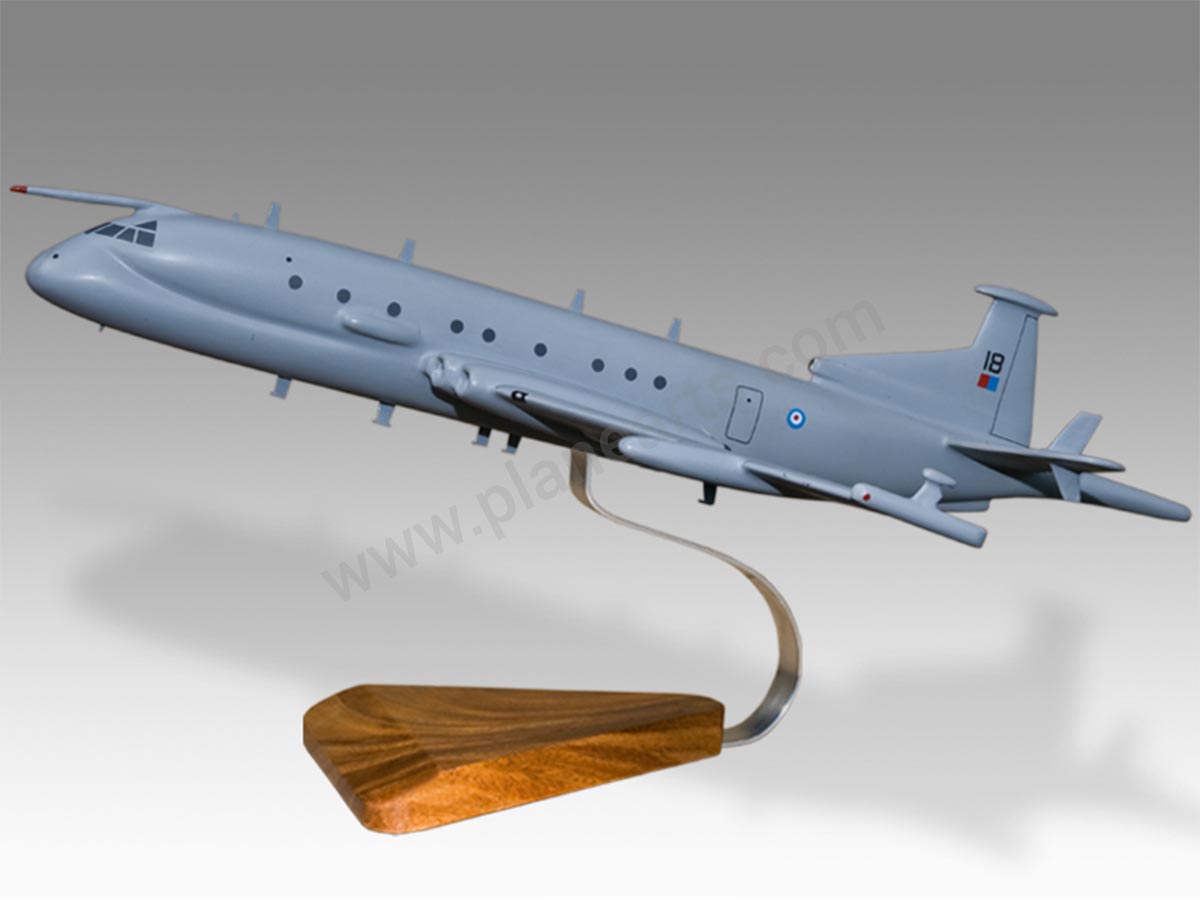
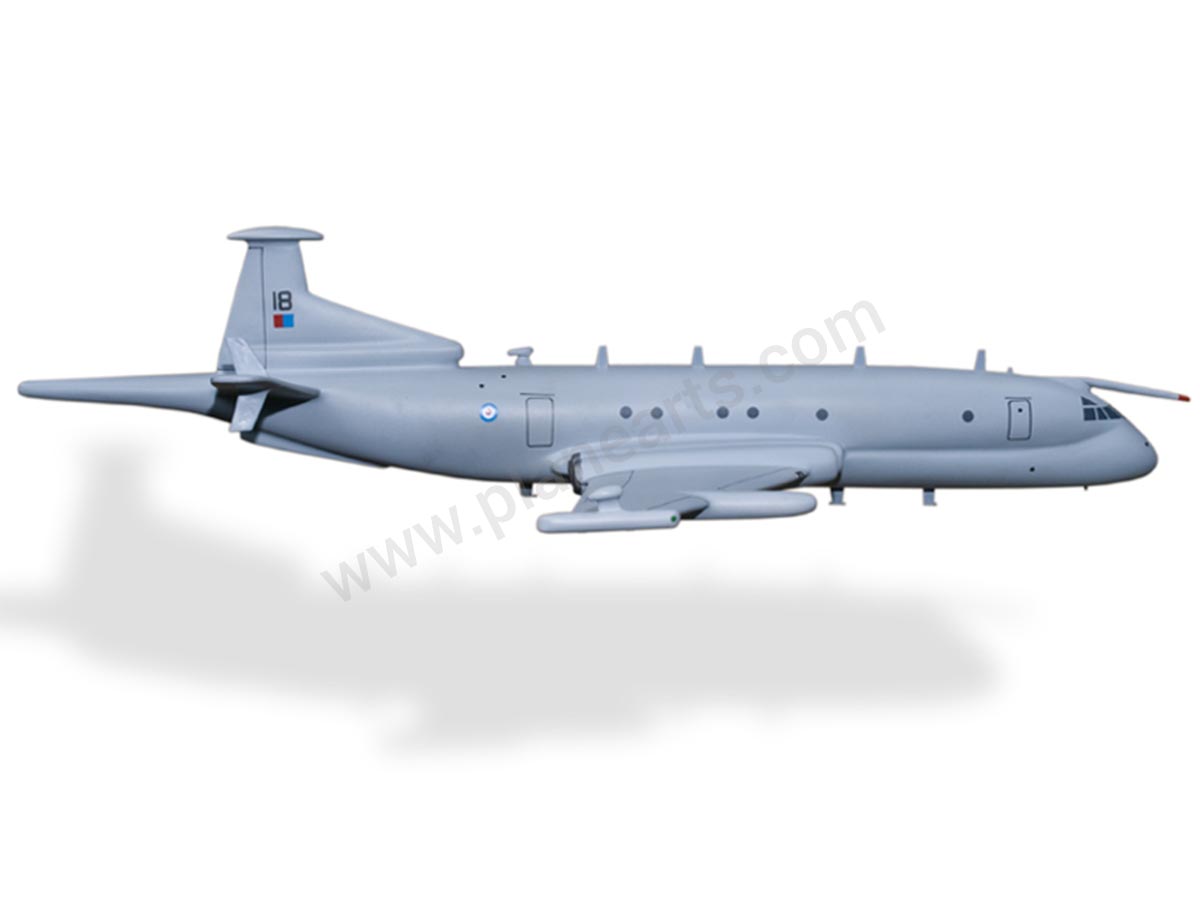
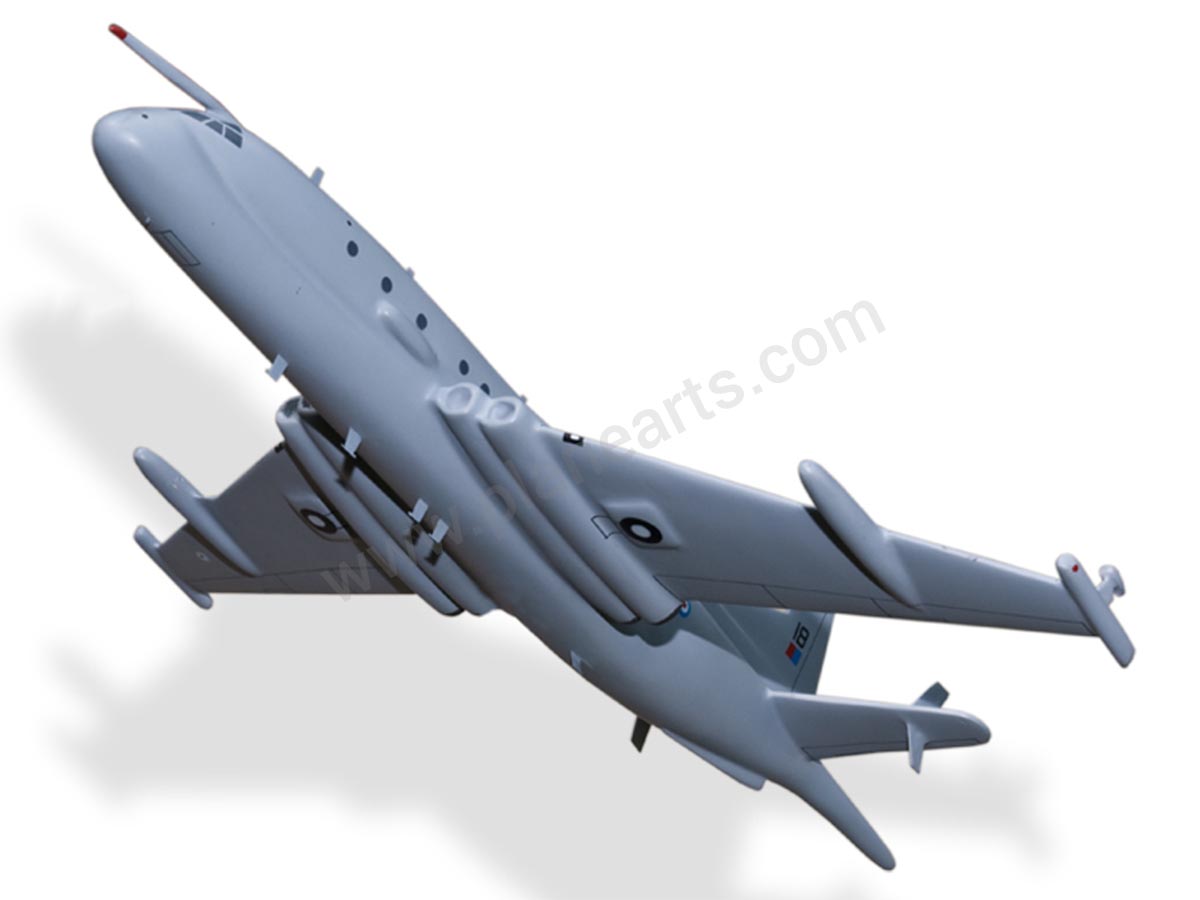
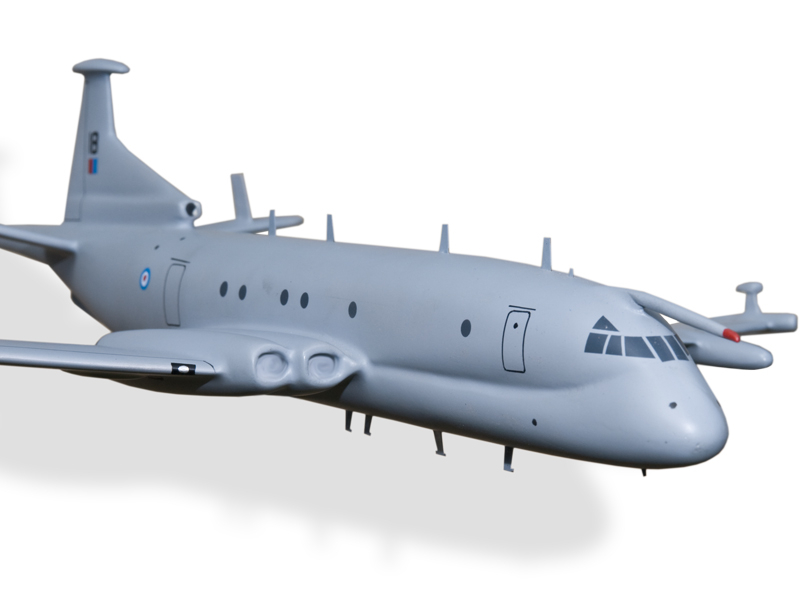
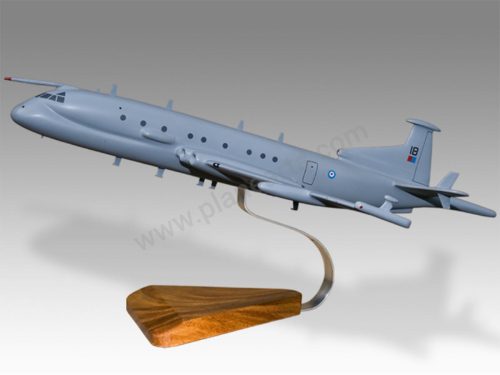
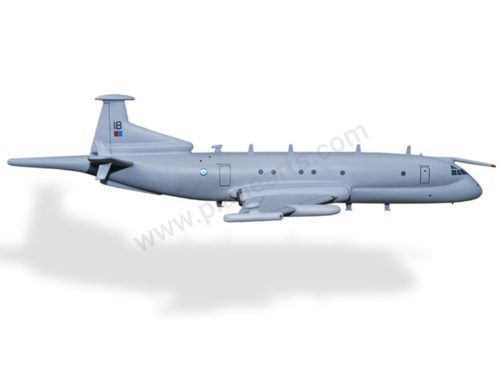
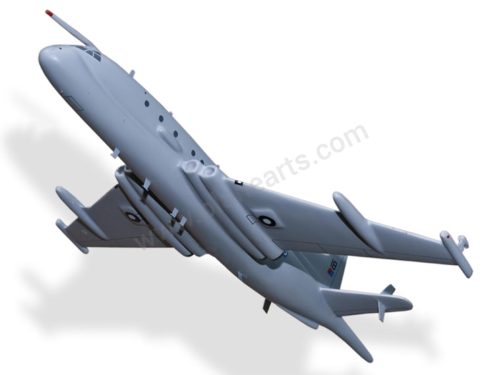
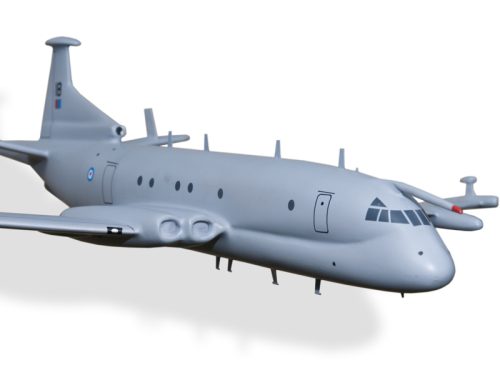
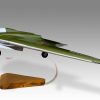
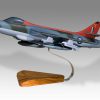
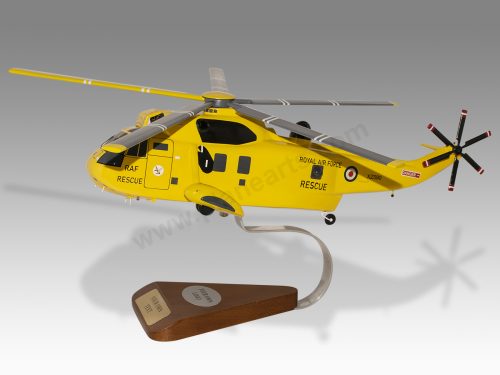
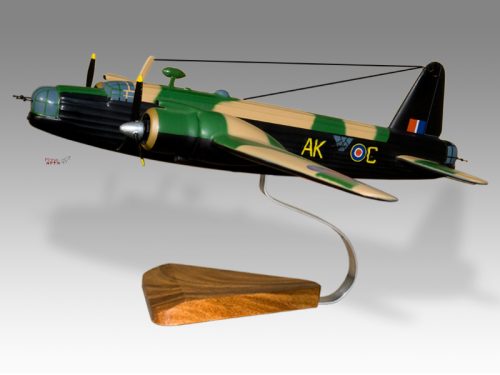

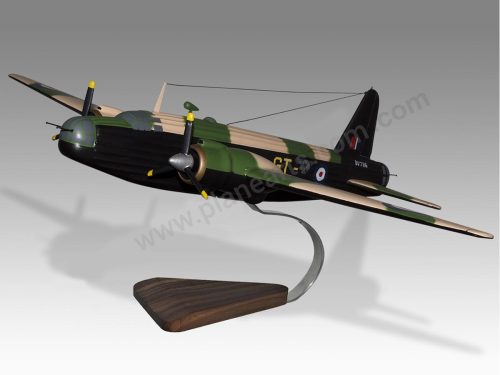

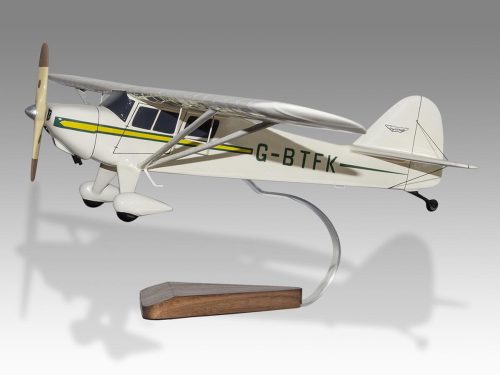
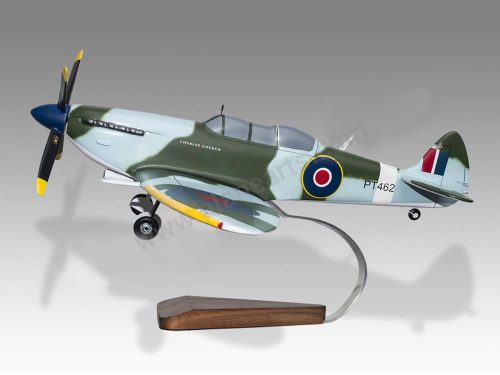
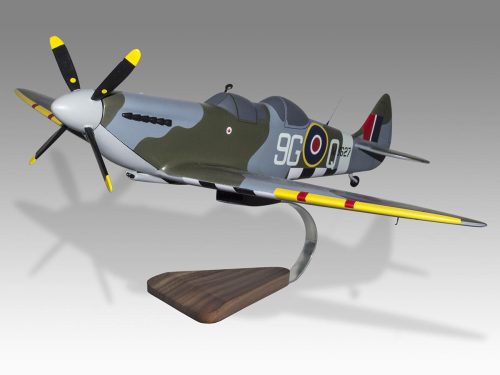
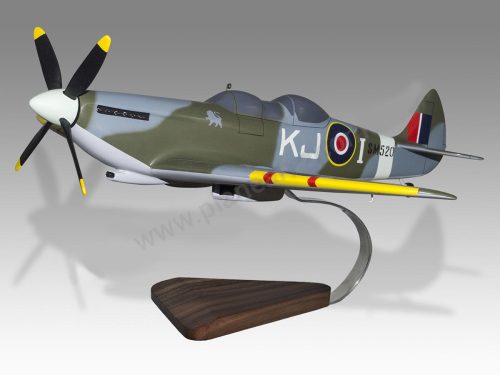
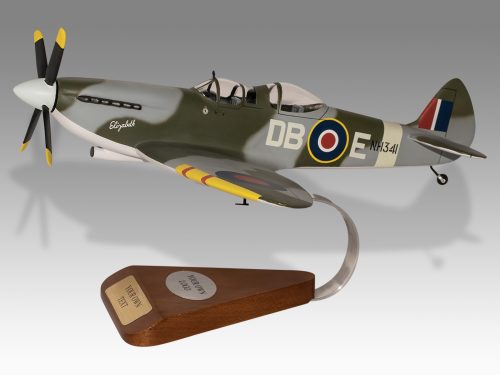
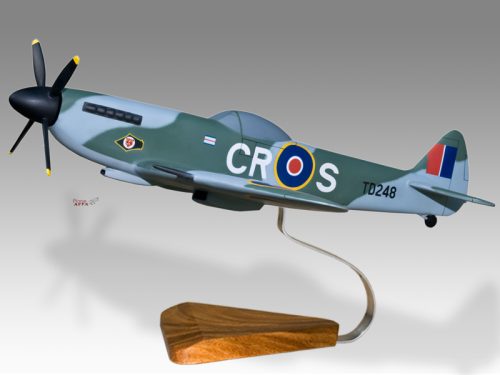
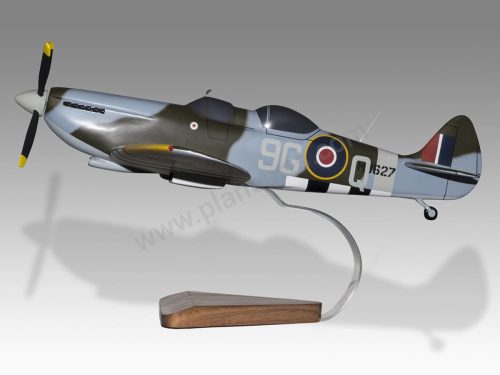
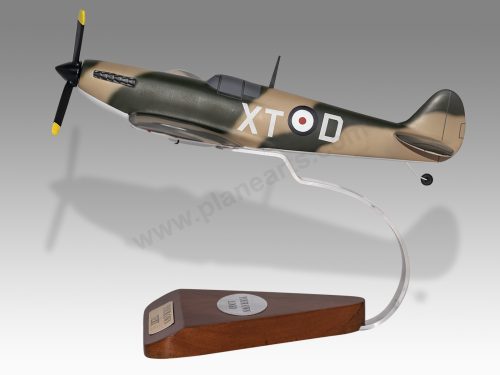
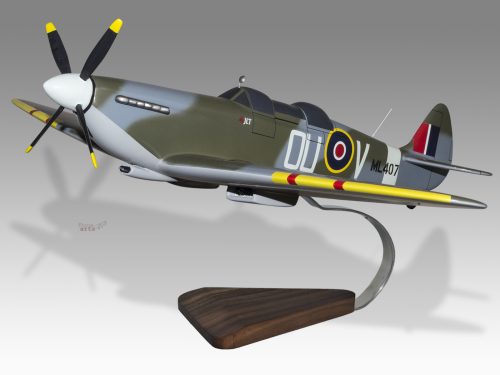




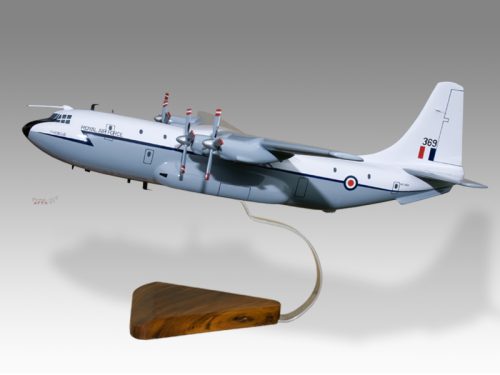

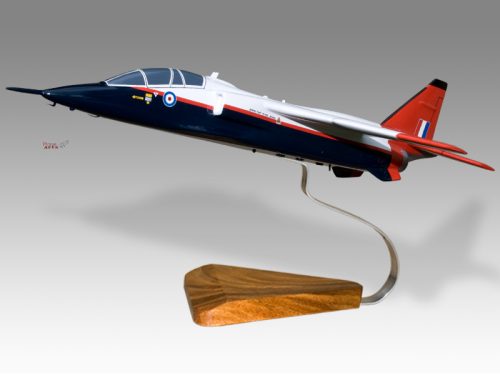
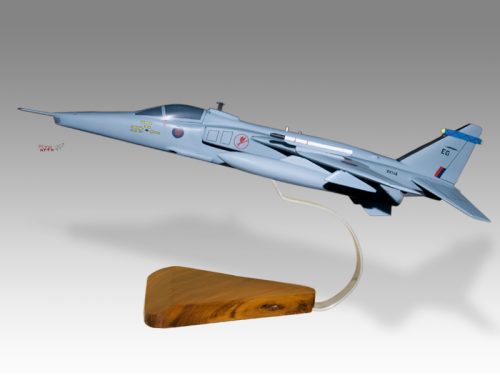
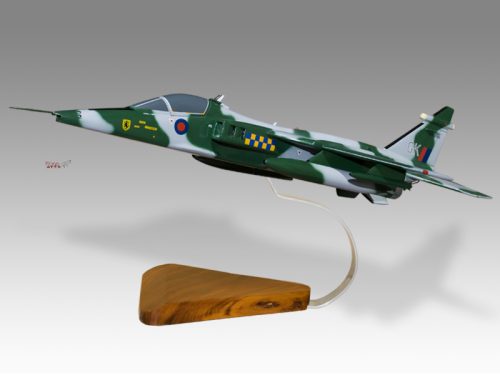
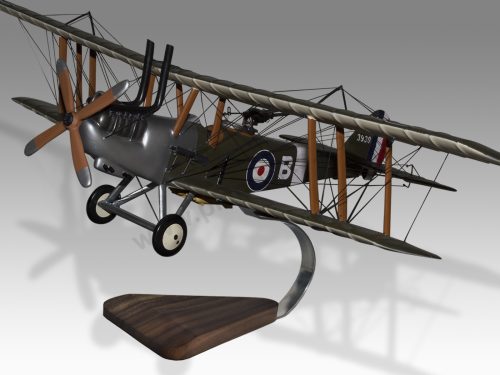
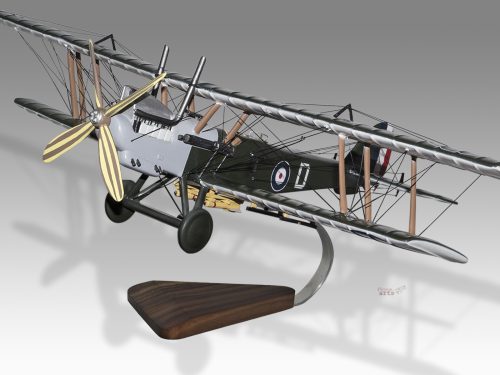
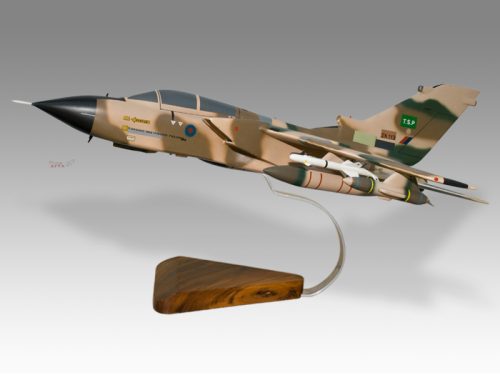
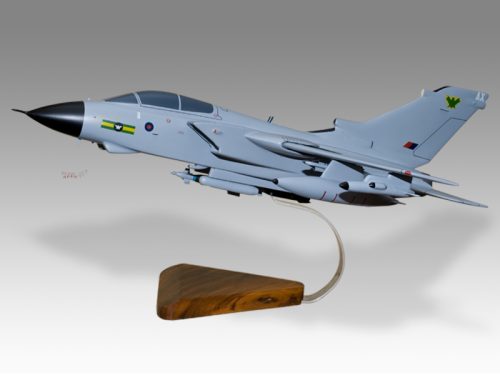
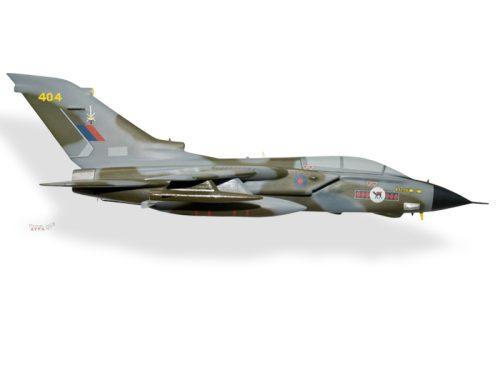
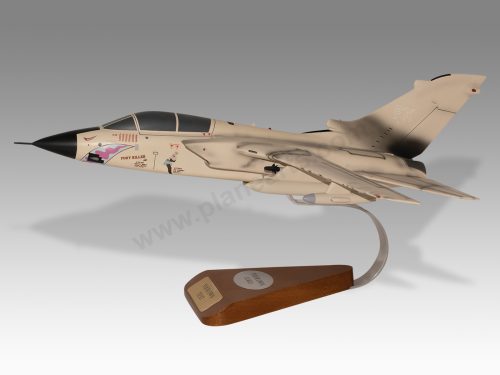
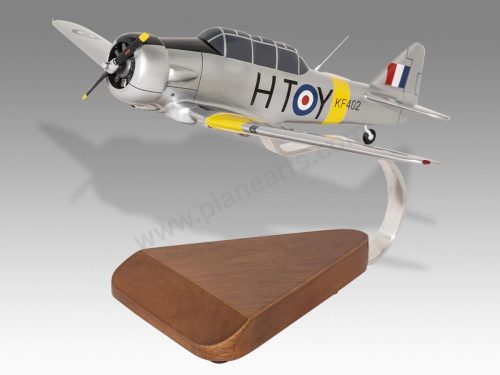

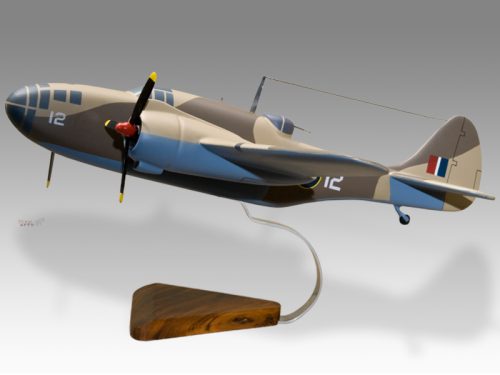
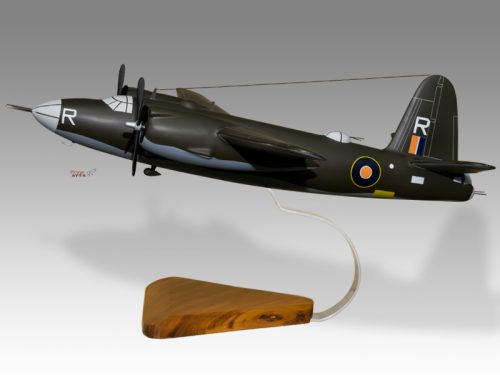

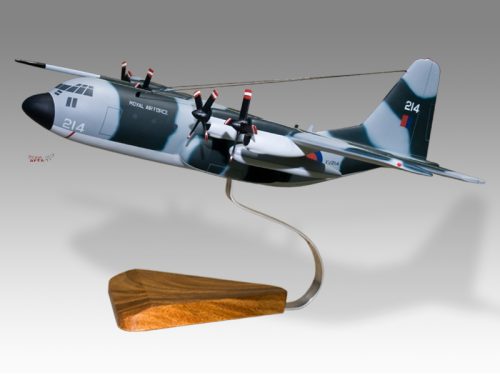



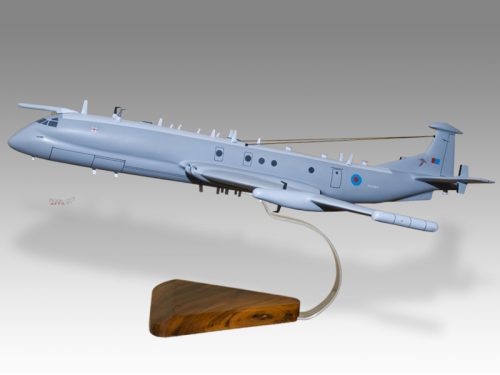


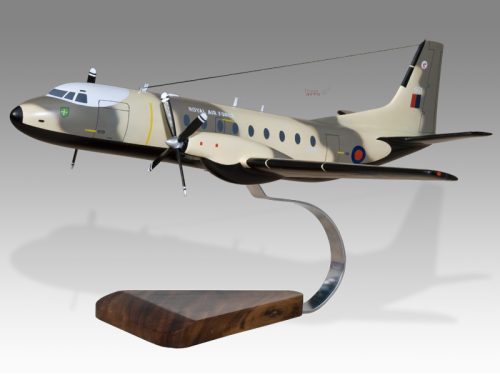


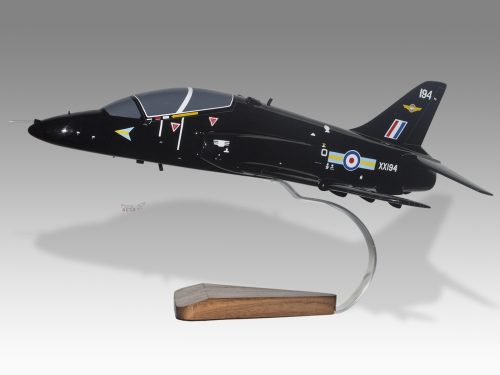
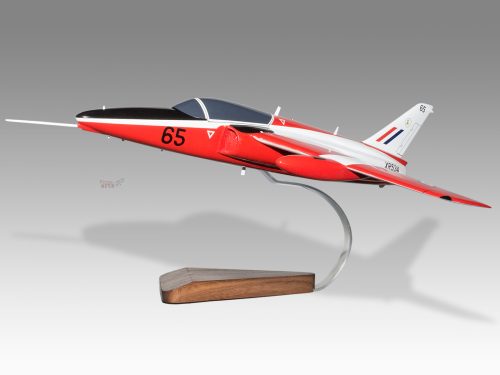
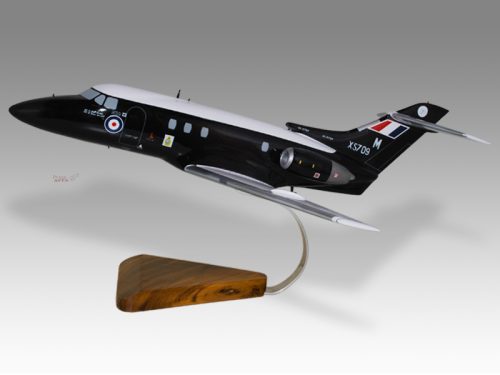
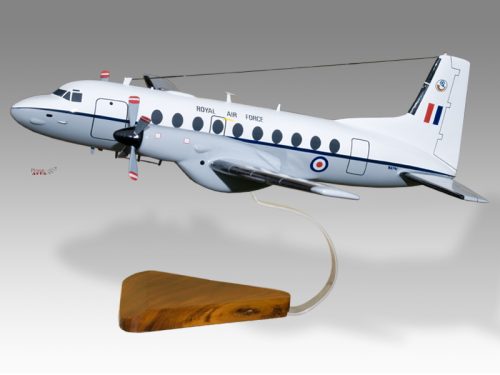
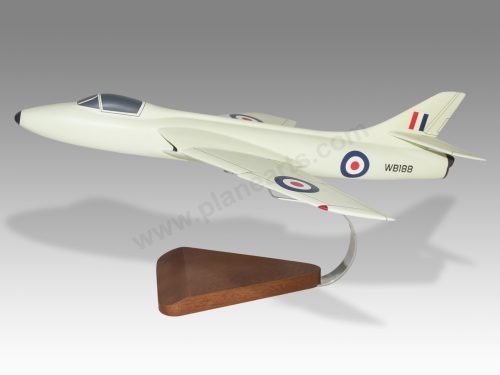
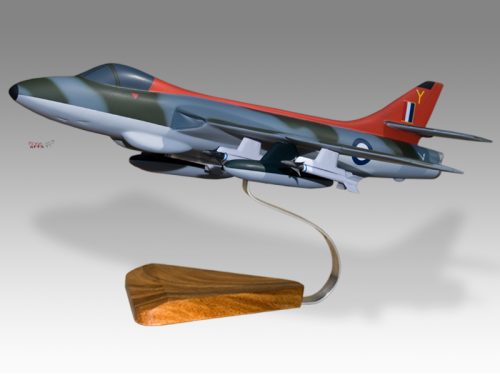

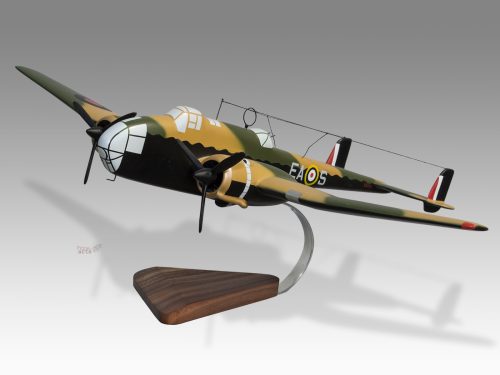

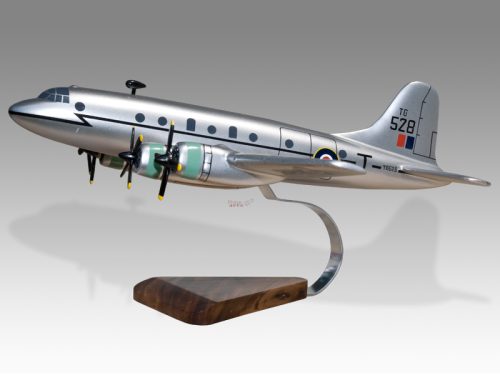
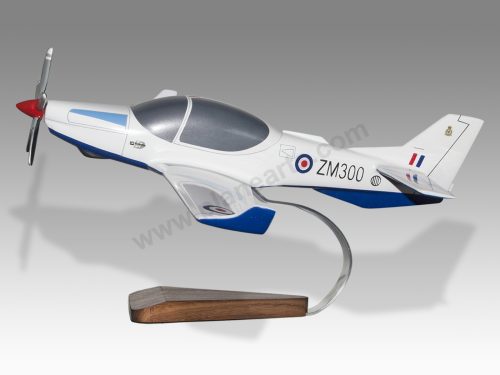

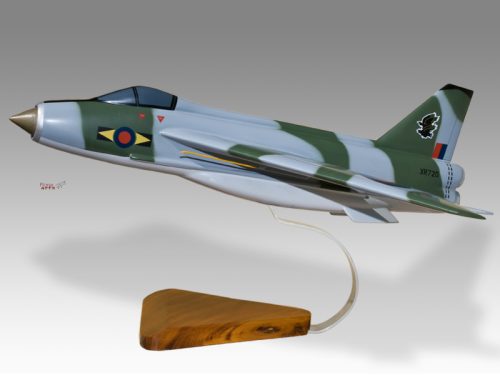


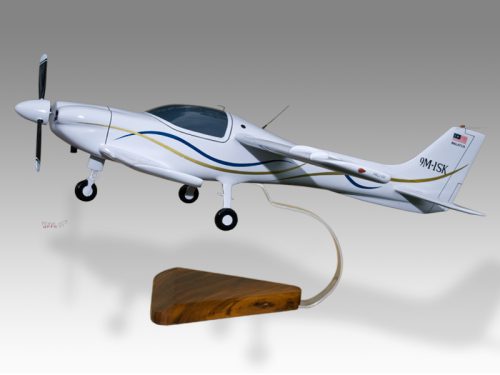
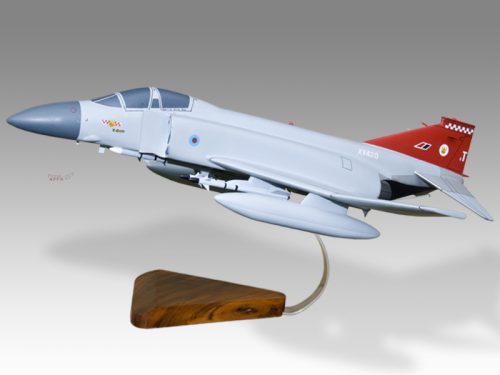
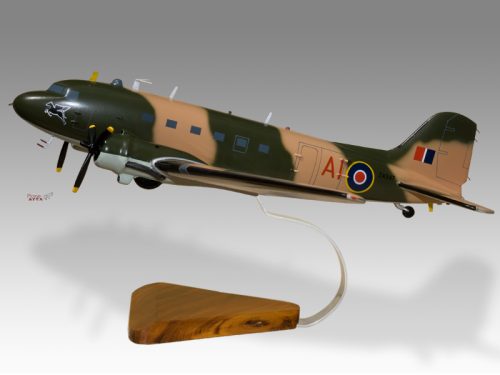

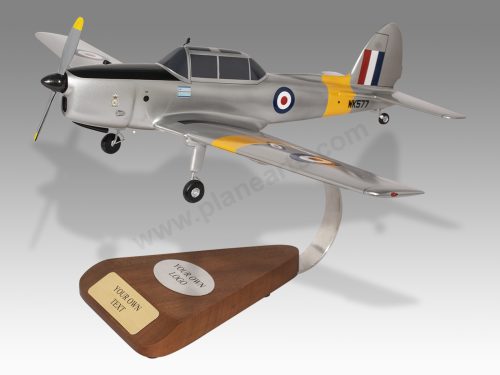
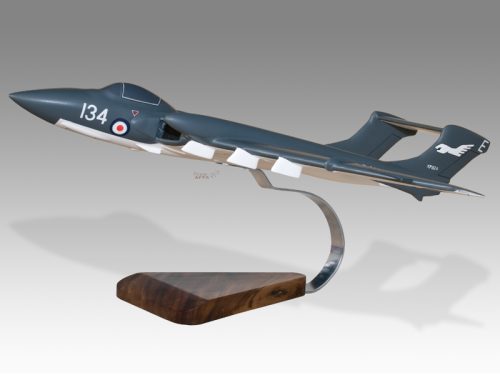
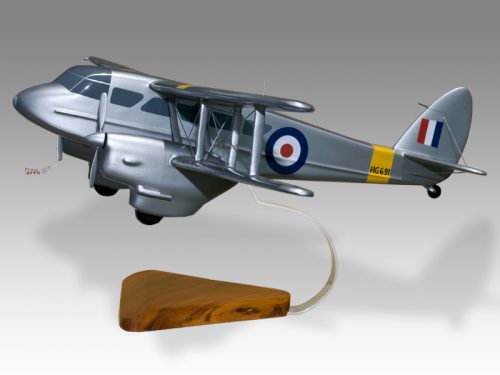
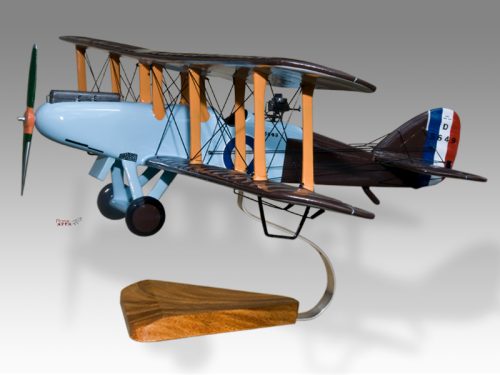
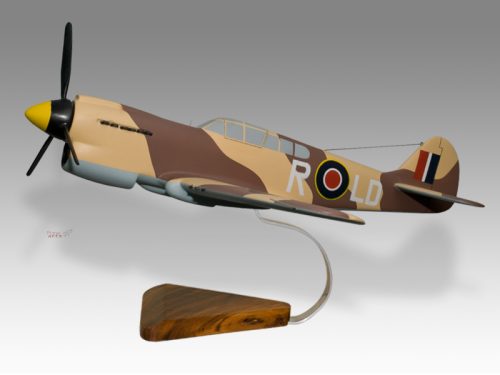

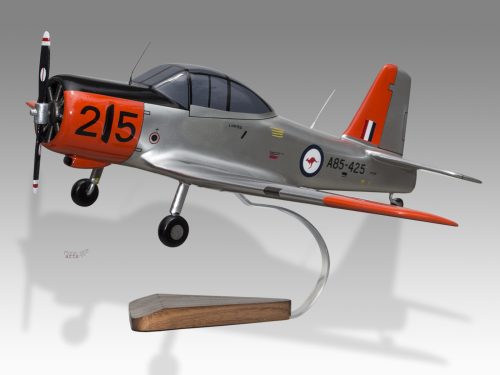

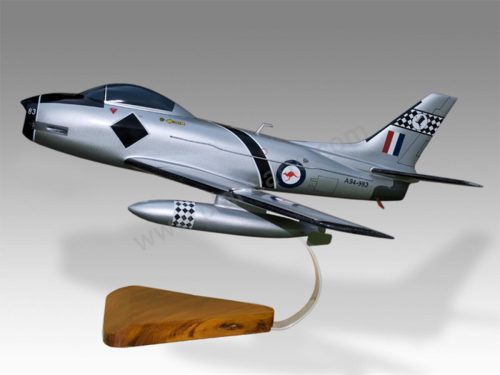
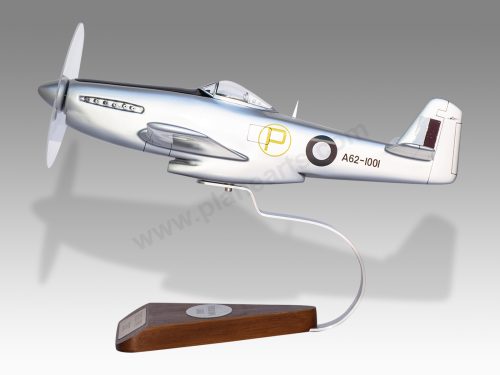
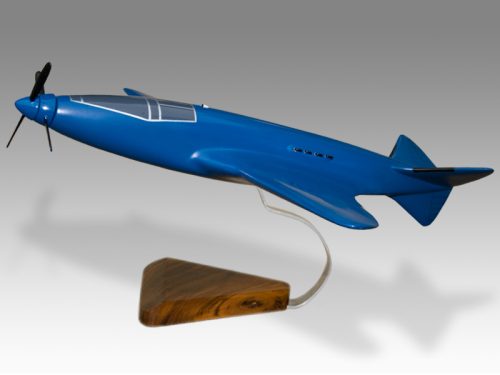
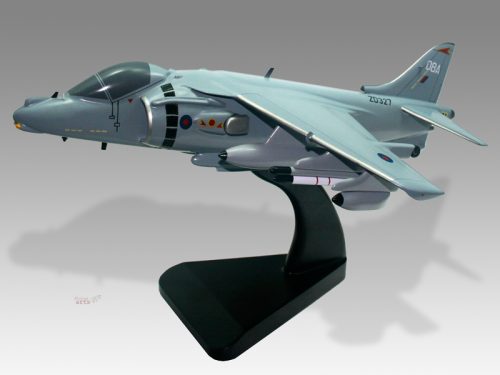
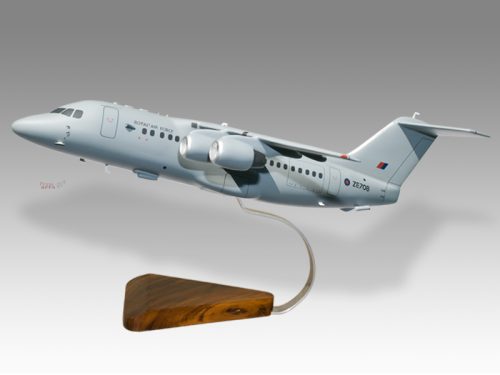

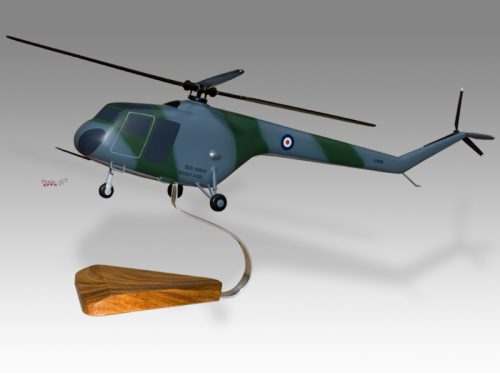
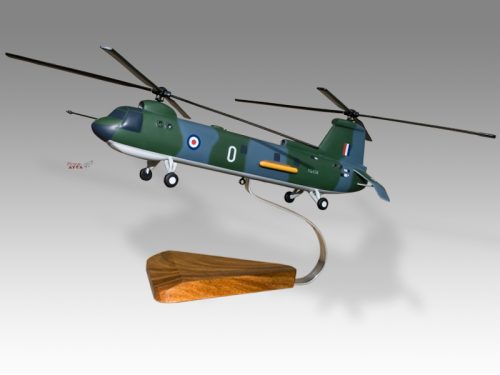

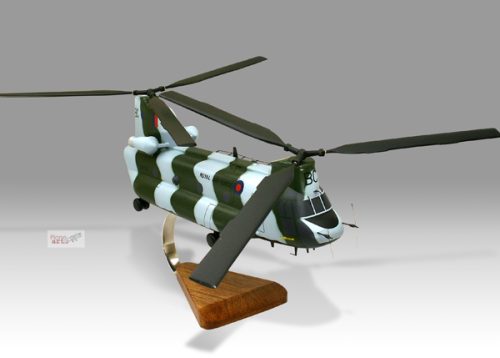
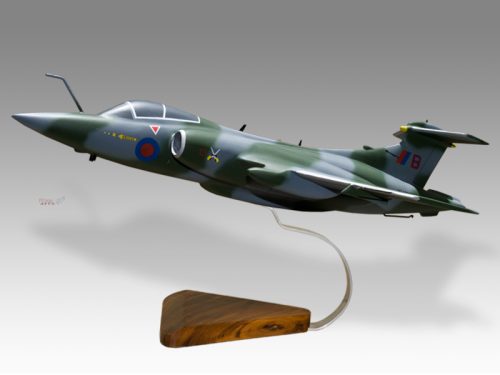
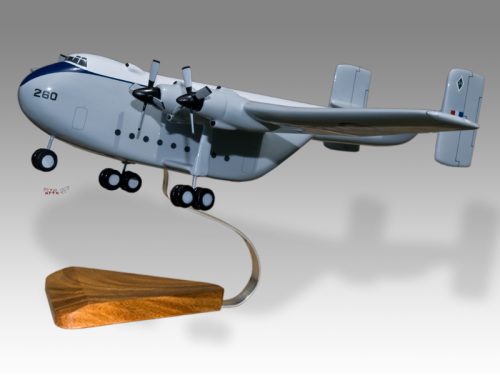
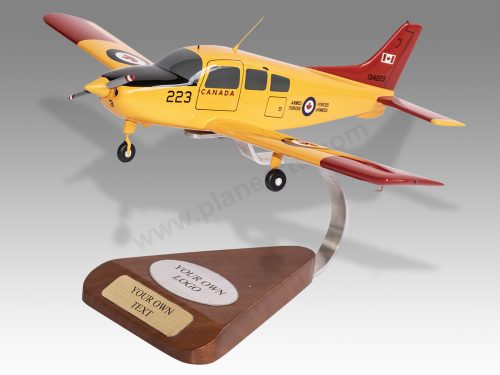
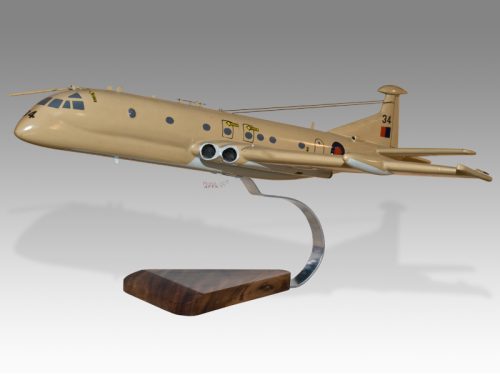

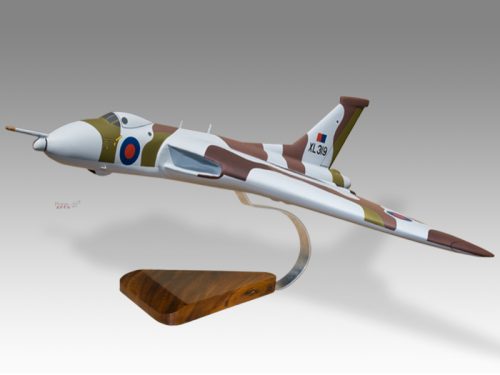
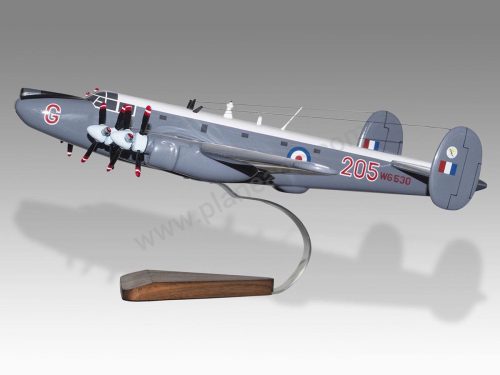

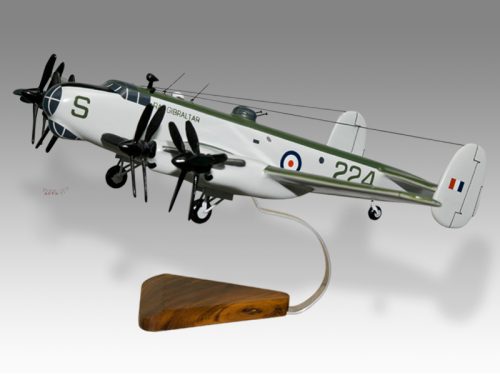
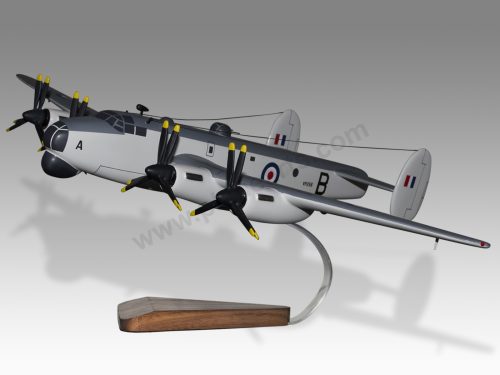
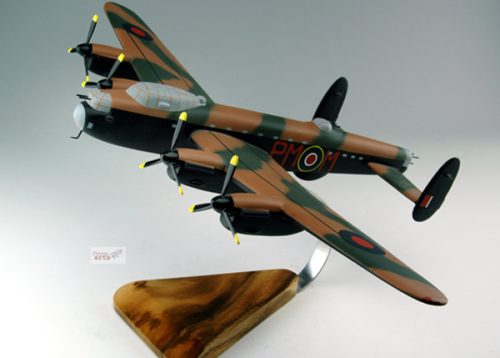
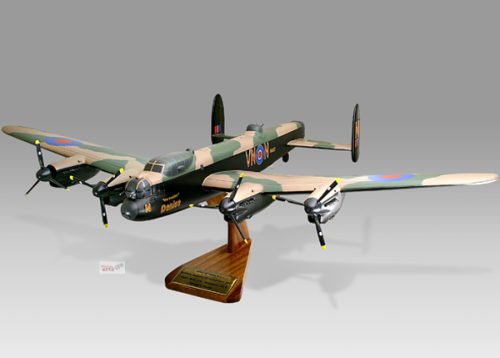
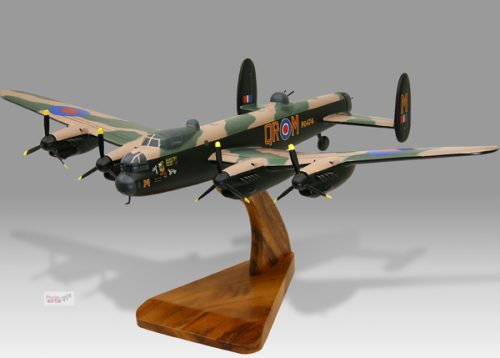


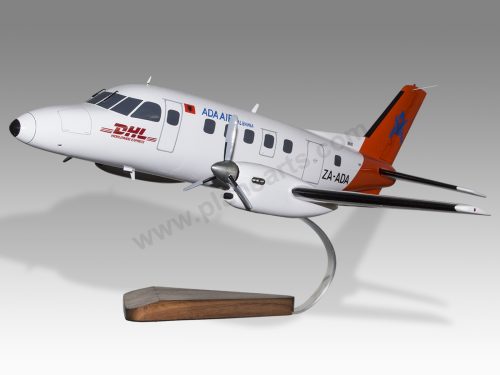

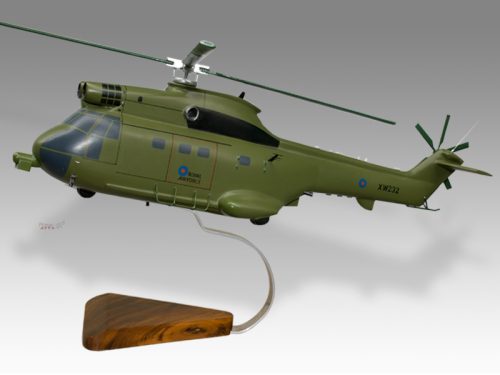

Reviews
There are no reviews yet.